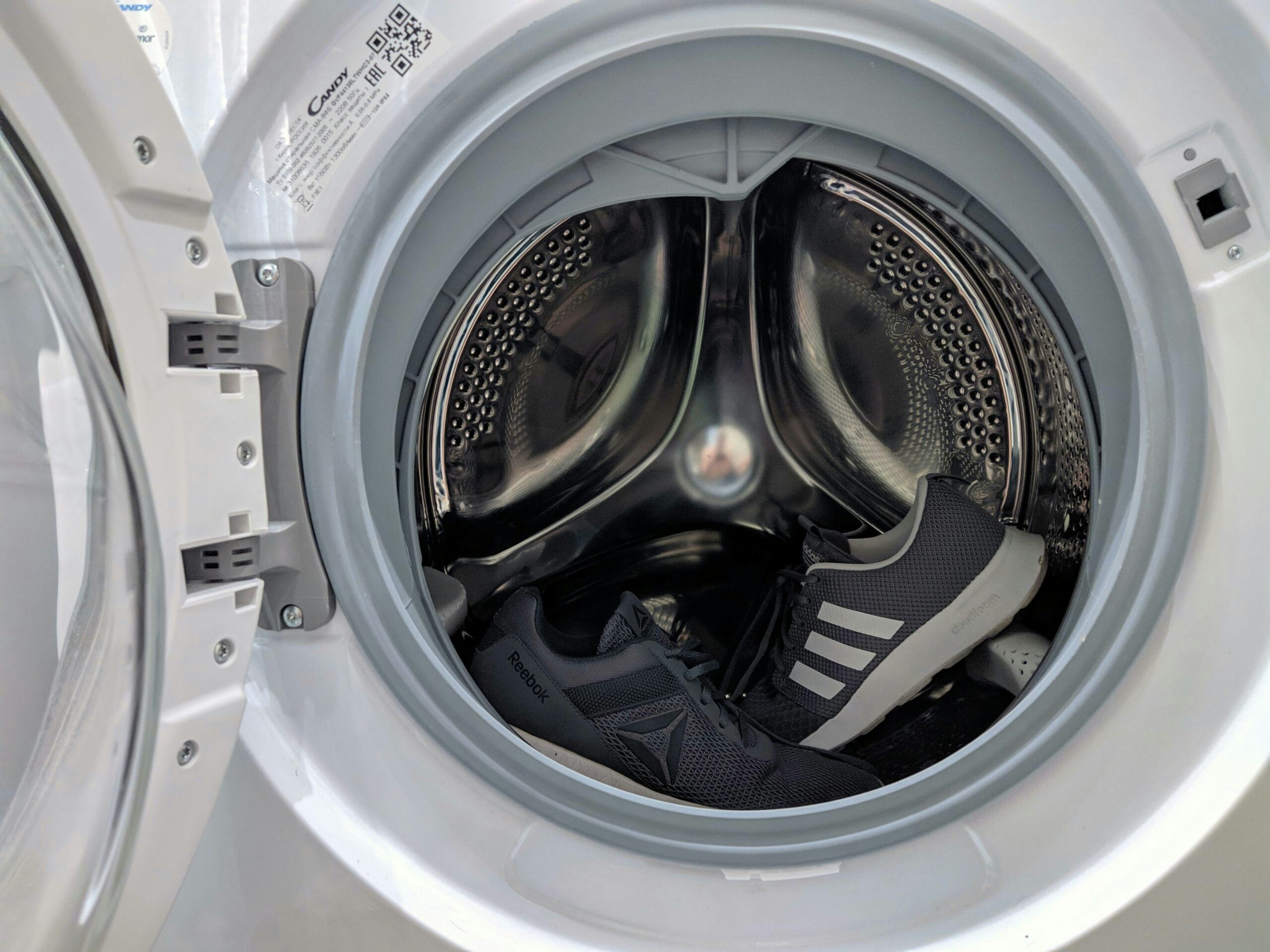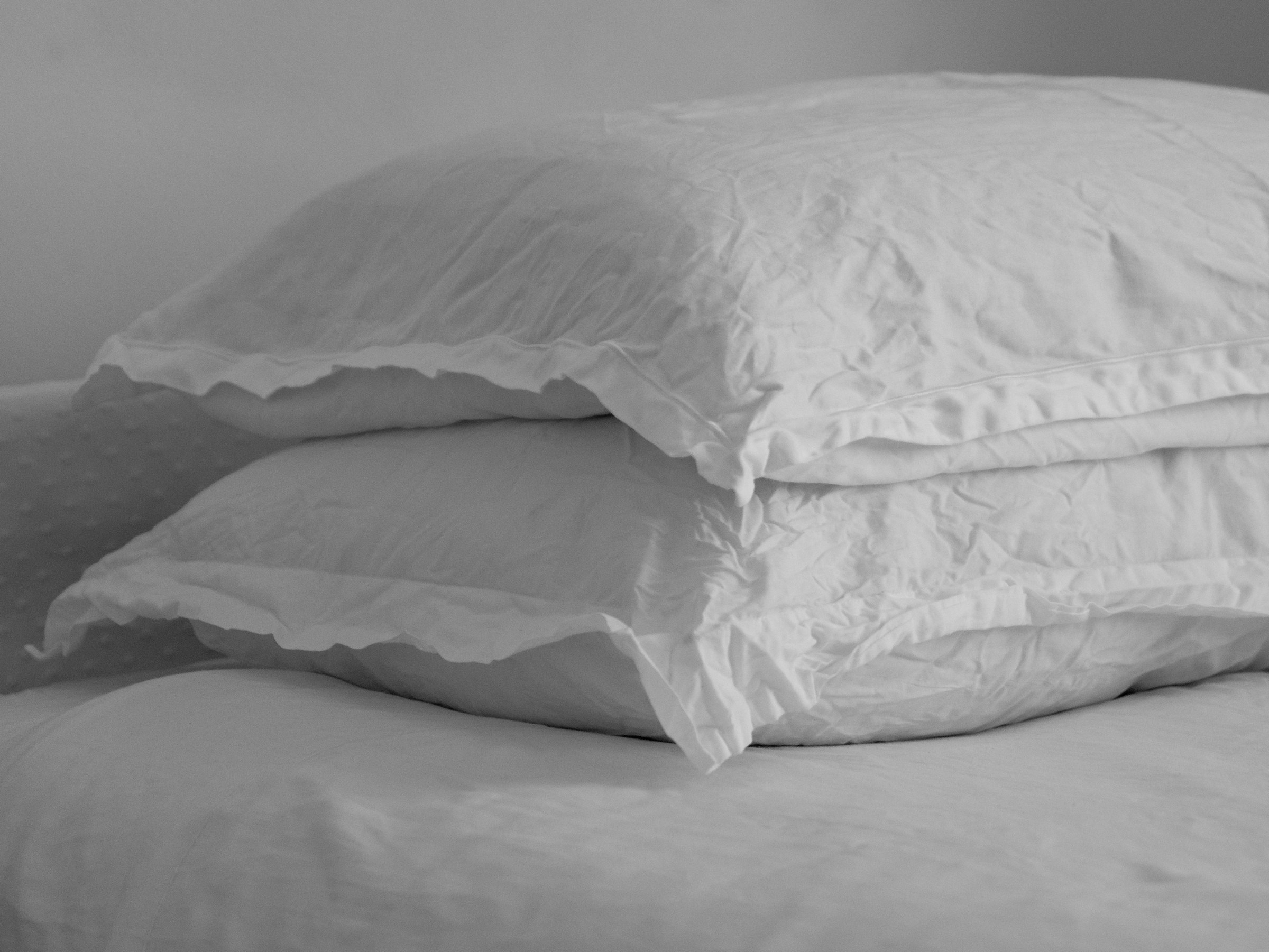Cleaning a washing machine is an essential maintenance task that ensures the appliance runs efficiently and keeps your laundry smelling fresh. Over time, washing machines can accumulate dirt, grime, soap scum, and mildew, which can lead to unpleasant odors and less effective cleaning. Here is an in-depth guide on how to clean a washing machine, covering various types of machines and addressing both routine cleaning and deeper, more thorough cleaning processes.
Understanding Different Types of Washing Machines
Before diving into the cleaning process, it’s crucial to understand the type of washing machine you have. There are primarily two types:
- Top-Loading Washing Machines: These have a door on the top and are generally easier to clean because of their design.
- Front-Loading Washing Machines: These have a door on the front and are more prone to mold and mildew due to their airtight seals.
Both types have unique cleaning requirements and techniques to ensure they remain in optimal condition.
Routine Cleaning of a Washing Machine
Routine cleaning involves regular maintenance tasks that should be performed frequently to keep your washing machine in good working order.
Top-Loading Washing Machine Routine Cleaning
- Wipe Down the Exterior: Use a damp cloth and mild detergent to wipe down the exterior of the machine. Pay attention to the top, sides, and control panel.
- Clean the Lid and Dispenser: Open the lid and clean around the edges and hinges. Remove any detergent or fabric softener residue from the dispensers using a soft brush and warm soapy water.
- Run a Maintenance Cycle:
- Fill the Drum: Set your machine to the highest water level and the hottest water temperature.
- Add Cleaning Agents: Add four cups of white vinegar to the drum. Vinegar is excellent for breaking down mineral deposits and soap scum.
- Start the Cycle: Allow the machine to run for a few minutes to mix the vinegar with the water, then stop the cycle and let it sit for an hour. This helps to break down any buildup inside the drum.
- Resume the Cycle: After an hour, restart the cycle and let it complete.
- Clean the Drum: Once the cycle is finished, wipe down the inside of the drum with a damp cloth to remove any loosened residue.
Front-Loading Washing Machine Routine Cleaning
- Wipe Down the Exterior: Use a damp cloth and mild detergent to clean the outside of the machine, focusing on the door and control panel.
- Clean the Door Seal: The rubber seal around the door is prone to mold and mildew. Pull back the seal and wipe it with a cloth soaked in a mixture of equal parts water and vinegar. Use a toothbrush to scrub any stubborn spots.
- Clean the Detergent Drawer: Remove the detergent drawer and soak it in warm, soapy water. Use a brush to clean any buildup, then rinse and dry thoroughly before reinserting.
- Run a Maintenance Cycle:
- Fill the Drum: Set your machine to the hottest water temperature and longest cycle.
- Add Cleaning Agents: Add two cups of white vinegar to the detergent drawer. Vinegar helps to remove soap scum and kill bacteria.
- Start the Cycle: Run the machine for a few minutes, then pause it and let the vinegar solution sit for an hour.
- Resume the Cycle: After an hour, restart the cycle and let it complete.
- Wipe Down the Drum: Once the cycle is complete, wipe the inside of the drum with a damp cloth.
Deep Cleaning of a Washing Machine
Deep cleaning should be performed every few months or if you notice persistent odors or reduced cleaning performance.
Deep Cleaning a Top-Loading Washing Machine
- Wipe Down the Exterior: Clean the outside of the machine with a damp cloth and mild detergent.
- Clean the Lid and Dispenser: Use a soft brush and warm, soapy water to clean around the lid and dispensers.
- Run a Cleaning Cycle with Vinegar:
- Fill the Drum: Set the machine to the highest water level and hottest water temperature.
- Add Vinegar: Pour four cups of white vinegar into the drum.
- Start the Cycle: Let the machine run for a few minutes, then pause it and let the vinegar solution sit for an hour.
- Resume the Cycle: After an hour, restart the cycle and let it complete.
- Run a Cleaning Cycle with Baking Soda:
- Fill the Drum: Set the machine to the highest water level and hottest water temperature.
- Add Baking Soda: Pour one cup of baking soda into the drum.
- Start the Cycle: Let the machine run through a complete cycle.
- Clean the Drum and Agitator: Once the cycle is complete, use a damp cloth to wipe down the drum and agitator. For stubborn stains, use a mixture of baking soda and water to scrub the area.
- Clean the Filter: Some top-loading machines have a lint filter that needs to be cleaned. Check your user manual for instructions on locating and cleaning the filter.
Deep Cleaning a Front-Loading Washing Machine
- Wipe Down the Exterior: Clean the outside of the machine with a damp cloth and mild detergent.
- Clean the Door Seal: Pull back the rubber seal and clean it with a cloth soaked in a mixture of equal parts water and vinegar. Use a toothbrush for stubborn spots.
- Clean the Detergent Drawer: Remove the detergent drawer and soak it in warm, soapy water. Use a brush to clean any buildup, then rinse and dry thoroughly before reinserting.
- Run a Cleaning Cycle with Vinegar:
- Fill the Drum: Set the machine to the hottest water temperature and longest cycle.
- Add Vinegar: Pour two cups of white vinegar into the detergent drawer.
- Start the Cycle: Let the machine run for a few minutes, then pause it and let the vinegar solution sit for an hour.
- Resume the Cycle: After an hour, restart the cycle and let it complete.
- Run a Cleaning Cycle with Baking Soda:
- Fill the Drum: Set the machine to the hottest water temperature and longest cycle.
- Add Baking Soda: Pour half a cup of baking soda into the drum.
- Start the Cycle: Let the machine run through a complete cycle.
- Clean the Drum: Once the cycle is complete, use a damp cloth to wipe down the inside of the drum.
- Clean the Filter: Front-loading machines often have a filter located near the bottom. Refer to your user manual for instructions on how to remove and clean the filter.
Preventative Measures
In addition to routine and deep cleaning, there are several preventative measures you can take to keep your washing machine clean and running efficiently.
For All Washing Machines
- Leave the Door Open: After each wash cycle, leave the door or lid open to allow the interior to dry out. This helps prevent mold and mildew growth.
- Use the Right Detergent: Use high-efficiency (HE) detergent if you have a high-efficiency machine. Using too much detergent can lead to buildup and odors.
- Don’t Overload the Machine: Overloading can lead to inefficient cleaning and increased wear and tear on the machine.
- Clean Small Loads Regularly: Running smaller loads more frequently can help keep the machine clean.
For Front-Loading Washing Machines
- Wipe Down the Door Seal: After each use, wipe down the rubber seal to remove any moisture or debris.
- Clean the Detergent Drawer: Remove and clean the detergent drawer regularly to prevent buildup.
- Use a Machine Cleaner: Consider using a washing machine cleaner tablet once a month to help maintain cleanliness.
For Top-Loading Washing Machines
- Clean the Lid: Wipe down the lid and hinges regularly to prevent buildup.
- Check the Filter: If your machine has a lint filter, clean it regularly according to the manufacturer’s instructions.
Troubleshooting Common Issues
Despite regular cleaning and maintenance, you may encounter issues with your washing machine. Here are some common problems and how to address them.
Musty Odors
Cause: Mold and mildew growth inside the machine.
Solution: Run a cleaning cycle with vinegar and baking soda as described in the deep cleaning sections above. Ensure you leave the door or lid open after each use to allow the interior to dry.
Soap Scum Buildup
Cause: Using too much detergent or not using high-efficiency detergent in a high-efficiency machine.
Solution: Run a cleaning cycle with vinegar to break down soap scum. Use the correct amount of detergent for your machine and water hardness.
Inefficient Cleaning
Cause: Overloading the machine, using the wrong detergent, or buildup inside the machine.
Solution: Follow the routine and deep cleaning steps to remove any buildup. Ensure you are not overloading the machine and are using the correct detergent.
Slow Drainage
Cause: Clogged filter or drain hose.
Solution: Clean the filter and check the drain hose for clogs. Refer to your user manual for specific instructions.
Leaking
Cause: Damaged door seal, loose hoses, or overloading the machine.
Solution: Inspect the door seal for damage and replace if necessary. Check hoses for leaks and tighten if needed. Ensure you are not overloading the machine.
FAQ’s on How to Clean a Washing Machine
How often should I clean my washing machine?
Answer:
- Routine Cleaning: It’s recommended to perform routine cleaning tasks, such as wiping down the exterior and cleaning the detergent drawer, every month. This helps prevent the buildup of detergent residue, mold, and mildew.
- Deep Cleaning: For a more thorough cleaning, including running a cleaning cycle with vinegar and baking soda, you should deep clean your washing machine every three to six months. If you notice any unpleasant odors or a decline in washing performance, it might be necessary to deep clean more frequently.
Can I use bleach to clean my washing machine?
Answer: Yes, you can use bleach to clean your washing machine, but it’s important to use it correctly to avoid damaging the machine and ensure safety:
- Top-Loading Machines: Add one cup of bleach to the detergent drawer or directly into the drum, and run the machine on the hottest and longest cycle. Make sure to run an additional rinse cycle afterward to remove any bleach residue.
- Front-Loading Machines: Add half a cup of bleach to the detergent drawer and run the machine on the hottest and longest cycle. Again, follow up with an extra rinse cycle to ensure all bleach is rinsed away.
Note: While bleach is effective at killing bacteria and mold, it can be harsh on certain components of the machine. Vinegar and baking soda are gentler alternatives that are also effective for cleaning.
Why does my washing machine have a musty odor?
Answer: A musty odor in your washing machine is usually caused by mold and mildew growth, which can result from moisture being trapped in the machine. This is more common in front-loading machines due to their airtight seals. To address this issue:
- Run a Cleaning Cycle: Use vinegar and baking soda to run a deep cleaning cycle as described in the guide.
- Wipe Down the Seal: Regularly clean and dry the rubber door seal to remove moisture and prevent mold growth.
- Leave the Door Open: After each use, leave the door or lid open to allow the interior to dry out completely.
What should I do if my washing machine is not draining properly?
Answer: If your washing machine is not draining properly, it could be due to a clogged filter or drain hose. Here are the steps to troubleshoot and fix the issue:
- Check the Filter: Locate and clean the lint filter. The filter is often found near the bottom front of the machine. Refer to your user manual for specific instructions on how to access and clean it.
- Inspect the Drain Hose: Ensure the drain hose is not kinked or clogged. Detach the hose and flush it with water to clear any blockages.
- Run a Spin Cycle: After cleaning the filter and hose, run an empty spin cycle to check if the machine drains properly.
Can I use commercial washing machine cleaners?
Answer: Yes, you can use commercial washing machine cleaners designed specifically for cleaning and maintaining washing machines. These products are convenient and effective at removing detergent residue, mold, and mildew. Follow the instructions on the product label for the best results. Some popular commercial washing machine cleaners include:
- Affresh Washing Machine Cleaner: Effective at breaking down and removing residues and odors.
- Tide Washing Machine Cleaner: Helps to eliminate odors and keep your machine fresh.
- OxiClean Washing Machine Cleaner: Uses oxygen-based cleaning power to clean and deodorize your machine.
Conclusion
Keeping your washing machine clean is essential for maintaining its efficiency and longevity. By performing routine cleaning tasks regularly and conducting deep cleaning sessions every few months, you can prevent buildup, odors, and potential issues. Additionally, adopting preventative measures such as leaving the door open after use, using the right detergent, and not overloading the machine can help keep your washing machine in optimal condition. With proper care and maintenance, your washing machine will continue to provide clean and fresh laundry for years to come.



